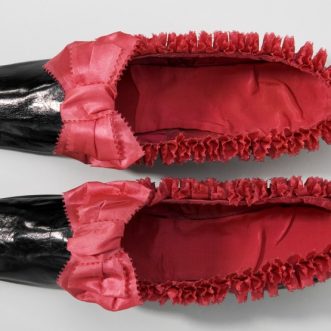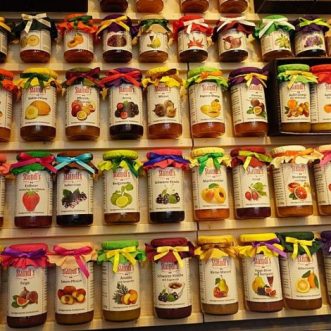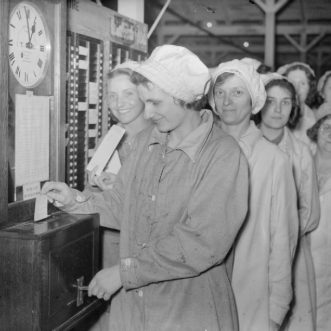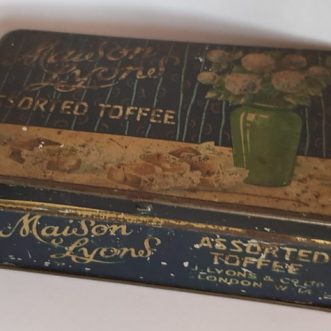
Stepping into empathy
If, like me, your business-to-business offering feels a discretionary spend at the best of times, you’re probably thinking “Where will I fit in after this is all over?”
The answer? Wherever, whenever and however the people you serve are going to need what you can do for them.
The only way to find out where this will be is to step outside the bubble of your own concerns and put yourself in their shoes.
Not their shoes now, but their shoes down the line, when the urgent crisis is over, the extent of the damage better known, the time when the people you serve will be asking themselves the question “Where will I fit in after this is all over?”
For the right people, what you offer will never be a discretionary spend.
And we only find the right people with deep and deliberate empathy.








